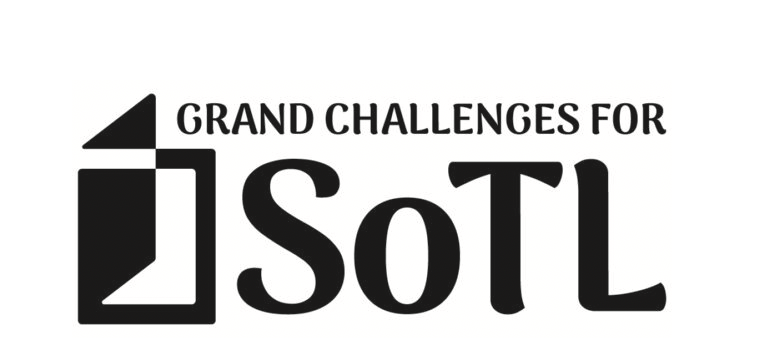Critical Thinking
The term “critical thinking” is widely known and used in education, but it is also widely misunderstood and misused. Weak and superficial conceptions of critical thinking means the term has become yet another buzzword in our classrooms, where—lacking a substantial teleological conception of education—the ideas the term encapsulates are drowned out in a sea of voguish pedagogical fads.
Origins
Although the term was first introduced a century ago by the philosopher and educational reformer John Dewey, the concept has ancient roots. The word “critical” comes to in English us from the ancient Greek Κριτικός "kriticos" (meaning discerning judgment) and Κριτήριον "kriterion" (meaning standards), and an important sense emerges from the convergence of these two concepts. Familair to many educators, the Socratic Method is widely used to help students evaluate their thinking with the view to improving it, a process at the heart of what both Dewey and Socrates saw as essential to our intellectual development.
During the Enlightenment, philosophers came closer to defining the concept in ways we recognize today. An important evolution was to think of critical thinking as being not just a set of knowledge and skills (an important foundation to be sure), but more importantly as an overall intellectual instinct or disposition. This personal disposition, according to a quote attributed to Francis Bacon (1605) was having:
““... a desire to seek, patience to doubt, fondness to meditate, slowness to assert, readiness to consider, carefulness to dispose and set in order; and hatred for every kind of imposture.” ”
Refining the Concept
When Dewey introduced his new phrase, he described its essence as “suspended judgment”, a pause we must take so as to better understand the full scope of a question or problem before we jump in with an answer or solution. This, he concluded “…transforms mere inference into tested inference, suggested conclusions into proof” (Dewey, 1910, p. 74).
Moving closer to the present day, in his seminal 1941 work Edward Glaser argues critical thinking “…calls for a persistent effort to examine any belief or supposed form of knowledge in the light of the evidence that supports it and the further conclusions to which it tends.” This effort requires the conscious development of three complimentary but discrete parts of intellectual development:
An attitude of being disposed to consider in a thoughtful way the problems and subjects that come within the range of one's experiences
Knowledge of the methods of logical inquiry and reasoning
Some skill in applying those methods.
(Glaser, 1941, p. 5).
A common way to describe a combination of knowledge, skills, and attutudes is to think of them as a competence. Perhaps it can be said that part of our aim is to help students develop an kind of intellectual competence.
A Comprehensive View: Strong Sense Critical Thinking
While there are innumerable definitions of critical thinking in circulation, it is important to remember that only a careful and substantive consideration of the real meaning of critical thinking will help us deliver the educational experiences our students need and deserve. The more commonly heard definitions often reveal a narrow, peacemeal, (and ultimately self-serving) definition, something Richard Paul describes as “weak-sense” critical thinking.” We only arrive at “strong-sense” critical thinking when we think of it “…as a mode of mental integration… a synthesized complex of dispositions, values, and skills necessary to becoming a fairminded, rational person” (Foundation for Critical Thinking, 2023).
With this in mind, we now arrive a useful definition of “strong sense” critical thinking to guide us:
““Critical thinking is the intellectually disciplined process of actively and skillfully conceptualizing, applying, analyzing, synthesizing, and/or evaluating information gathered from, or generated by, observation, experience, reflection, reasoning, or communication, as a guide to belief and action. In its exemplary form, it is based on universal intellectual values that transcend subject matter divisions: clarity, accuracy, precision, consistency, relevance, sound evidence, good reasons, depth, breadth, and fairness.””
References:
Dewey, J. (1910) How We Think
Glaser, E. M. (1941) An Experiment in the Development of Critical Thinking. Teacher’s College, Columbia University.





















